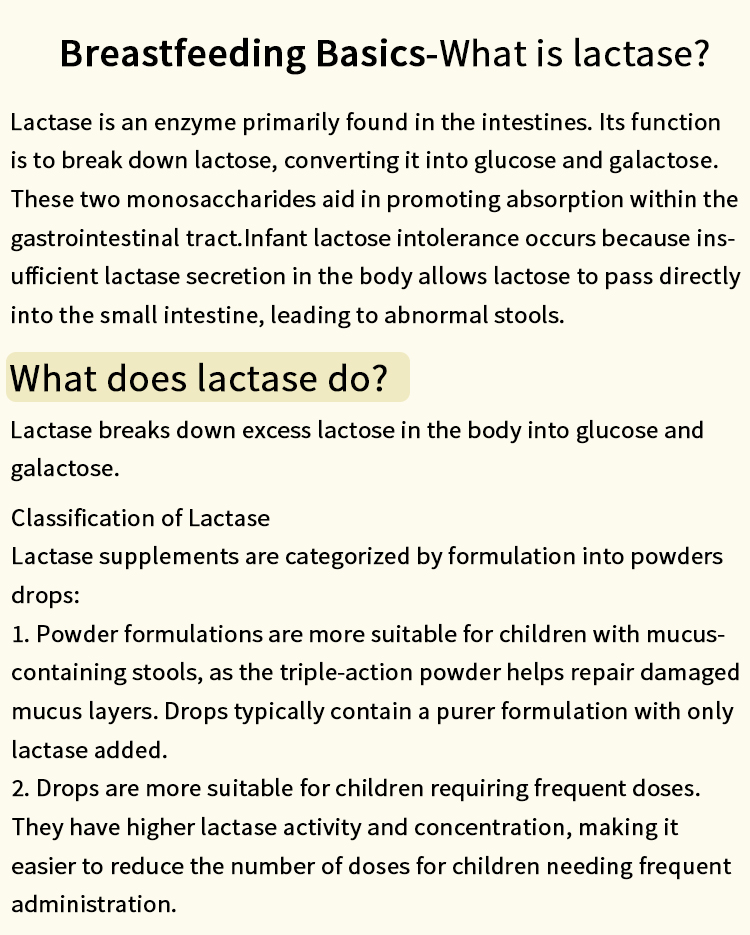Dispersants play a crucial role in environmental management, particularly in the context of oil spills and other hazardous material releases. These chemical agents are designed to break down and disperse pollutants, facilitating their degradation and minimizing ecological damage. Understanding the specific chemicals used in dispersants is essential for both environmental scientists and industry professionals. This article delves into the chemistry of dispersants, exploring the key compounds involved, their mechanisms of action, and their applications in various industries.
The Chemistry of Dispersants
Dispersants are typically composed of surfactants, which are compounds that lower the surface tension between two substances, such as oil and water. The primary function of surfactants in dispersants is to enhance the dispersion of oil droplets in water, thereby increasing the surface area available for microbial degradation. The effectiveness of a dispersant depends on its chemical composition, which can vary widely depending on the intended application.
Types of Surfactants Used in Dispersants
- Anionic Surfactants: These surfactants carry a negative charge and are effective in breaking down oil slicks. Common examples include sodium lauryl sulfate and linear alkylbenzene sulfonates. Anionic surfactants are particularly effective in alkaline conditions, making them suitable for certain marine environments.
- Cationic Surfactants: Carrying a positive charge, cationic surfactants, such as cetyltrimethylammonium bromide (CTAB), are often used in formulations targeting specific types of pollutants. They are less common in oil spill response due to their toxicity to marine life but can be effective in certain industrial applications.
- Nonionic Surfactants: These surfactants do not carry any charge and are often more environmentally friendly. Examples include ethoxylated alcohols and alkylphenol ethoxylates. Nonionic surfactants are versatile and can be used in a variety of dispersant formulations, making them popular in both marine and industrial applications.
- Amphoteric Surfactants: These surfactants can carry either a positive or negative charge depending on the pH of the environment. They are often used in combination with other surfactants to enhance the overall effectiveness of the dispersant.
Mechanisms of Action
The primary mechanism by which dispersants function is through the reduction of interfacial tension between oil and water. When applied to an oil spill, dispersants spread over the surface and penetrate the oil layer. The surfactants then orient themselves at the oil-water interface, disrupting the cohesive forces within the oil and allowing it to break into smaller droplets. This process increases the surface area of the oil, facilitating microbial action and enhancing the natural degradation processes.
Environmental Considerations
While dispersants can be effective in mitigating the impact of oil spills, their use is not without controversy. The choice of dispersant and its chemical composition can significantly influence the environmental outcome. Some dispersants may contain toxic components that can harm marine life, while others may be more biodegradable and less harmful. Regulatory agencies, such as the Environmental Protection Agency (EPA) in the United States, have established guidelines for the selection and use of dispersants, emphasizing the need for thorough environmental assessments before application.
Applications Beyond Oil Spills
Dispersants are not limited to oil spill response; they also find applications in various industries, including:
- Paints and Coatings: Dispersants are used to stabilize pigments and fillers in paints, ensuring uniform distribution and preventing settling.
- Agriculture: In agrochemicals, dispersants enhance the efficacy of pesticides and herbicides by improving their distribution and adherence to plant surfaces.
- Pharmaceuticals: Dispersants are utilized in drug formulations to ensure uniform distribution of active ingredients, improving bioavailability and efficacy.
Conclusion
Understanding the chemical composition and mechanisms of action of dispersants is vital for effective environmental management and industrial applications. As the demand for effective pollution control measures continues to grow, ongoing research into the development of safer and more efficient dispersants will be essential. By balancing efficacy with environmental safety, we can better protect our ecosystems while addressing the challenges posed by hazardous material releases.



More Stories
Application scenarios of dry-type transformers
Open Housing Slewing Drive Solutions for Rotate Platform System
H13 Iron-Based Powders vs. Conventional Tool Steels: Advantages in Additive Manufacturing